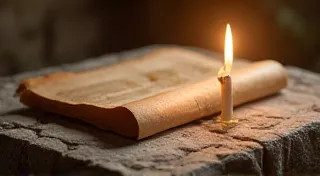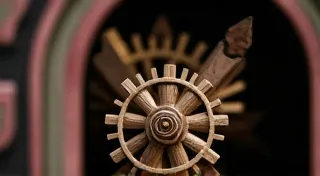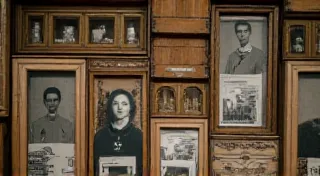The Guild of Lost Dice: Celebrating the Forgotten Communities of Board Gamers
There's a peculiar melancholia that settles when you hold a board game long out of print. It's more than just the feel of aged cardboard or faded ink; it’s the ghost of a community, a shared joy silenced by the inexorable march of time. We often talk about the resurrection of classic video games, the remasters and reboots bringing beloved pixels back to life. But the world of tabletop gaming holds a different kind of loss – the quiet disappearance of games, and more poignantly, the vibrant communities that orbited them.
Think of an antique accordion. Its bellows, once pumping out lively polkas and waltzes at village dances, now sit still, a silent testament to a bygone era. The craftsmanship is undeniable: the intricately carved wood, the precisely fitted reeds, the sheer ingenuity of the mechanism. Similarly, forgotten board games represent not just a product, but a concentrated effort of design, manufacturing, and a promise of shared experience. Their disappearance doesn't just mean a game isn’t available; it means a collective memory risks fading.
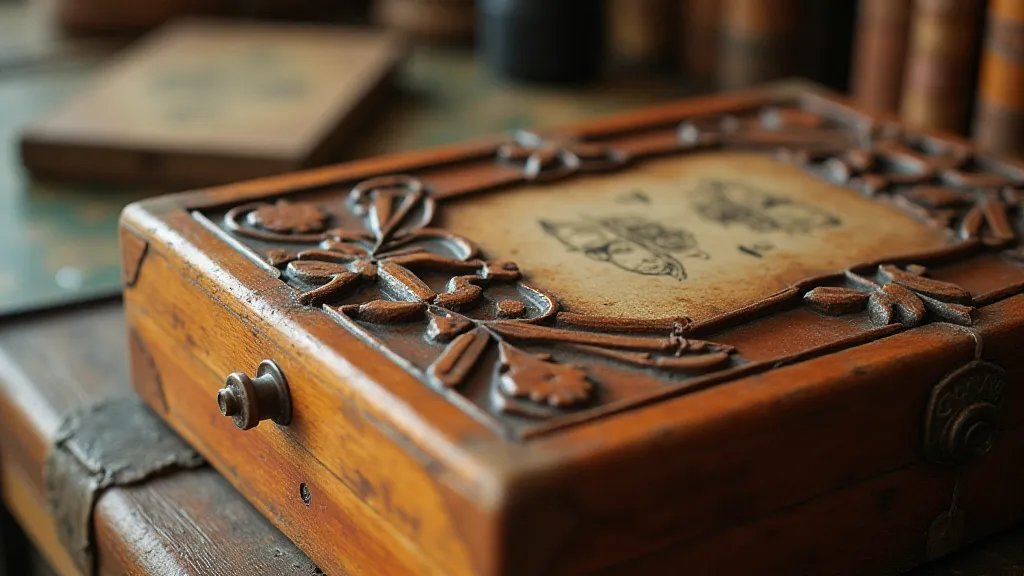
The Early Days: Mail-Order Mysteries and Pen Pal Rules
Before online forums and crowdfunding platforms, the communities around obscure games thrived in surprising places. Think of the Sears catalogs of the 1930s, filled with mail-order games promising hours of family entertainment. Games like *Cluefinders*, a lesser-known precursor to *Clue*, weren't just products; they were social lubricants. Families huddled around kitchen tables, deciphering rules gleaned from single-sheet inserts and building their own traditions. These rules, often imperfectly remembered and passed down through generations, became part of the game's legacy – a testament to the players’ creativity and adaptability. The dedication to preserving these experiences, and the objects that facilitated them, echoes a broader understanding of why these artifacts matter – a concept explored further in The Stone Mason’s Legacy: Etching the History of Board Game Components.
Imagine the letters exchanged between enthusiasts, detailing strategies, house rules, and even trying to reconstruct missing components. These weren't just rule clarifications; they were missives of shared passion, forged in the absence of official support. The communities were small, often regional, but intensely loyal. They represented a form of analog connection in a world increasingly embracing the new and shiny.
The Rise of Fanzines and the Preservationists
The 1970s and 80s saw the emergence of fanzines, self-published magazines dedicated to niche interests. For obscure board games, these fanzines became vital lifelines. Enthusiasts would painstakingly document rules, create variant gameplay options, and share repair tips for damaged components. The passion was palpable; these weren't just reviewers; they were archivists, safeguarding the memories of games that publishers had deemed unworthy of a second printing. The act of documenting and meticulously preserving these often-fragile artifacts speaks to a larger desire to understand not just the games themselves, but the context in which they were created and enjoyed – a focus on the broader gaming experience, beautifully illustrated in The Archivist's Vault: Cataloging the Ephemera of Forgotten Gaming Experiences.
One particular game, *Quest for Adventure*, comes to mind. This game, a mix of adventure and deduction, never achieved mainstream popularity. Yet, a small but dedicated group of fans meticulously recreated the original artwork, transcribed handwritten rule variations found in old boxes, and even crafted replacement tokens using clay and paint. They formed a virtual guild, sharing their efforts and collectively battling the encroaching fog of obsolescence.
The process of restoration itself became a communal activity. Replacing worn-out cardboard tokens often involved sourcing similar materials and painstakingly hand-painting them to match the originals. Reconstructing missing rule booklets became a collaborative effort, piecing together fragmented memories and relying on the kindness of strangers willing to share their copies. This act of restoration wasn’t about perfection; it was about honoring the spirit of the game and the community that cherished it. The attention to detail and passion for authenticity involved goes beyond mere repair; it’s about capturing a moment in time and ensuring its survival, a concept deeply intertwined with the emotional resonance of nostalgia and remembrance.
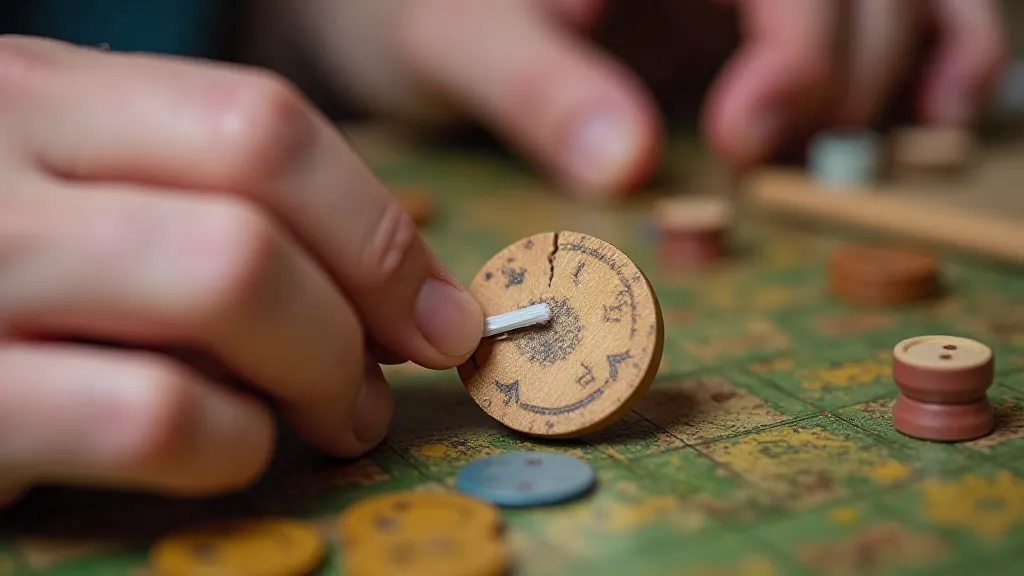
The Digital Age and the Rise of the Obscurity Hunters
The advent of the internet initially threatened the preservation efforts. Why bother with a physical restoration project when information could be digitized and shared globally? However, the internet also became a powerful tool for connecting these scattered communities. Online forums and dedicated websites emerged, providing a central hub for enthusiasts to share information, trade components, and discuss gameplay variations. The shifting landscape of game design itself, constantly evolving and responding to new technologies and player preferences, offers a fascinating lens through which to view the rise and fall of these forgotten gems – a journey expertly mapped in The Cartographer's Compass: Navigating the Shifting Sands of Game Design Trends.
A new breed of collector arose: the “obscurity hunter.” These individuals actively sought out rare and forgotten games, not for their monetary value (often negligible), but for the joy of discovery and the satisfaction of rescuing a piece of gaming history. They tracked down games through estate sales, flea markets, and online auctions, often sharing their finds with the wider community.
The beauty of the digital age lies in the ease of sharing knowledge. A blurry photograph of a rule booklet, once confined to a single person’s possession, can now be viewed and scrutinized by hundreds of enthusiasts worldwide. This collective scrutiny often leads to a deeper understanding of the game's mechanics and a renewed appreciation for its unique qualities. The very act of remembering and sharing these experiences contributes to the ongoing narrative of tabletop gaming, ensuring that these forgotten treasures are not entirely lost to time. These endeavors often involve a complex interplay of technical skill, historical knowledge, and a deep appreciation for the artistry and ingenuity of the original creators.
Beyond the Components: The Human Legacy
What truly separates these forgotten board games from mere products is the human legacy embedded within them. It’s the story of families huddled around tables, of pen pals exchanging rule clarifications, of individuals painstakingly restoring damaged components. It's the story of a shared passion that transcended commercial success. The emotional connection people forge with games, and the lengths they go to preserve those memories, speaks volumes about the power of play and the importance of community.
Consider the individuals who initially designed these games – often amateur game designers working with limited resources and driven by a desire to create something fun and engaging. Their names are often lost to history, their contributions unacknowledged. Yet, their creations continue to bring joy to those who discover them, a testament to the enduring power of creativity and imagination. The very essence of these games – their ability to spark imagination, foster connection, and provide hours of entertainment – transcends the physical components themselves. The memories created around these games are often more valuable than the games themselves, and the act of preserving these memories is a form of honoring the creators and the communities that embraced them.
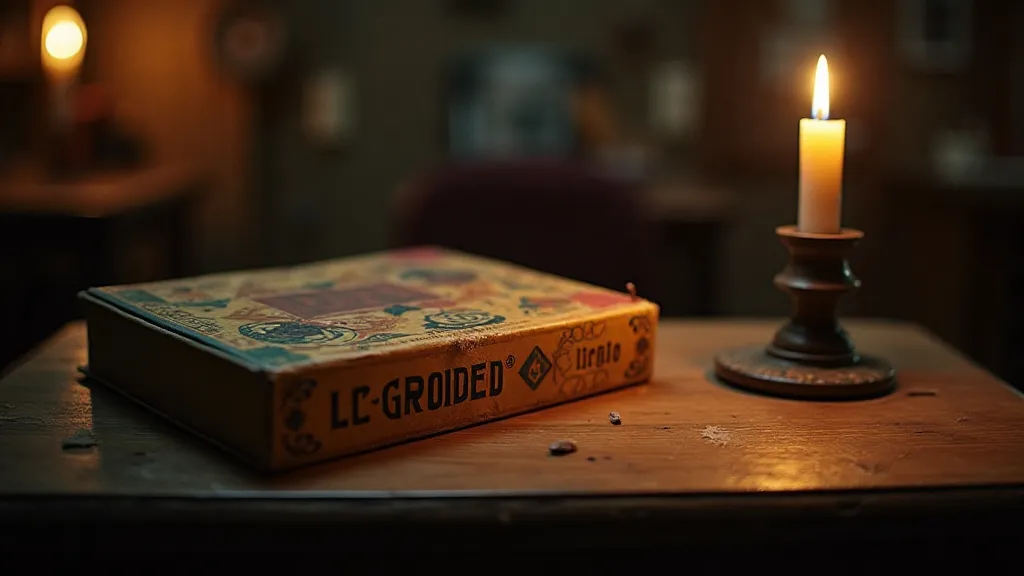
A Call for Continued Appreciation
The story of forgotten board games isn’t just about preserving cardboard and ink; it’s about preserving a sense of community, a spirit of creativity, and a connection to the past. As we continue to embrace new and innovative forms of entertainment, let us not forget the quiet joy and enduring legacy of these forgotten treasures. Let us honor the individuals who designed, played, and preserved them – the true guardians of a rich and vibrant chapter in the history of tabletop gaming. The emotional pull of these nostalgic experiences is a powerful force, capable of transporting us back to simpler times and reminding us of the enduring value of human connection. Perhaps, in rediscovering these games, we can also rediscover something valuable about ourselves – a reminder that even in a rapidly changing world, the simple pleasures of shared experience and human connection remain timeless. The echoes of laughter and shared moments resonate within these forgotten games, waiting to be rediscovered and celebrated by a new generation of enthusiasts. These games represent more than just entertainment; they represent a legacy of creativity, community, and the enduring power of play.
